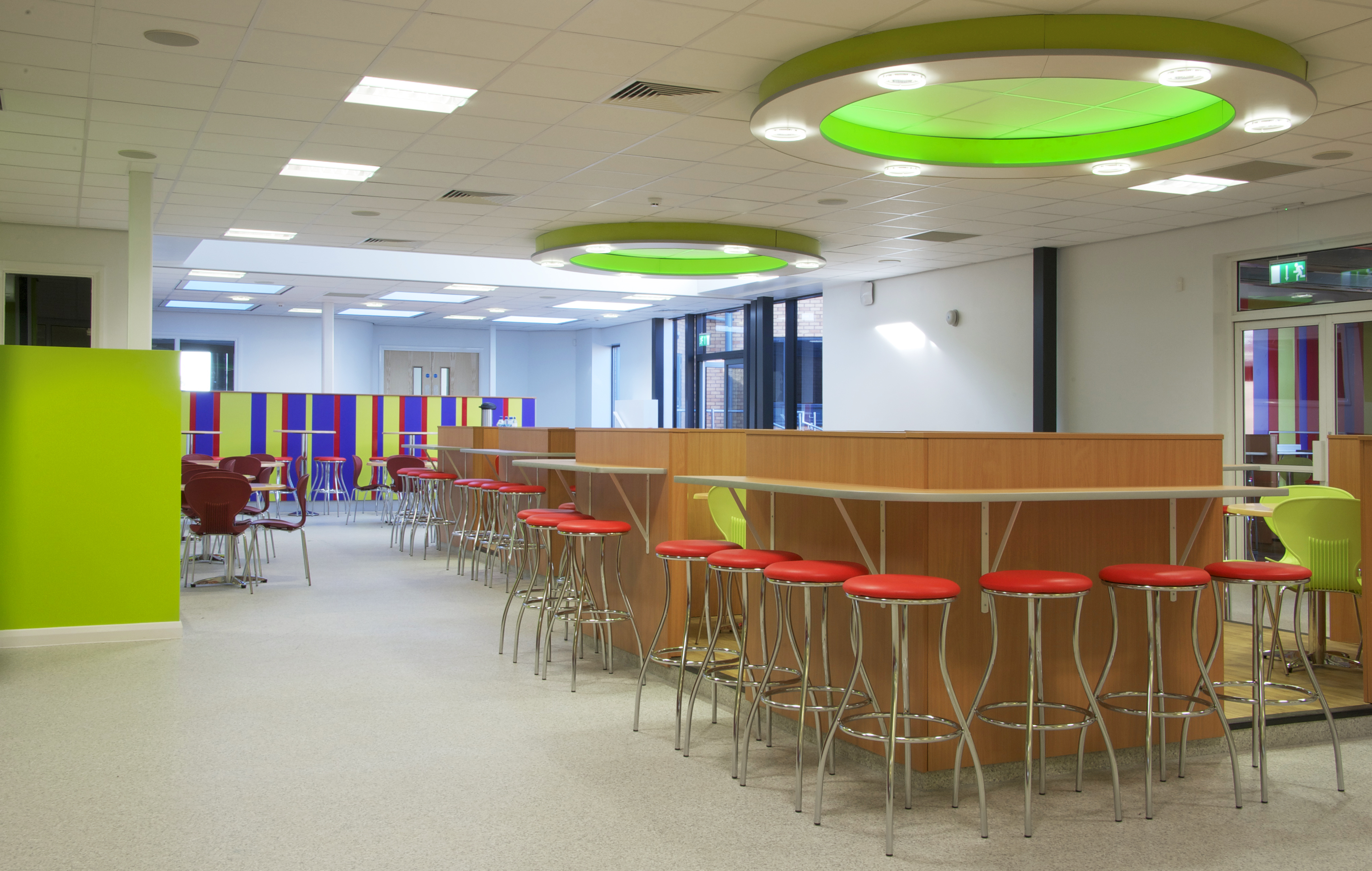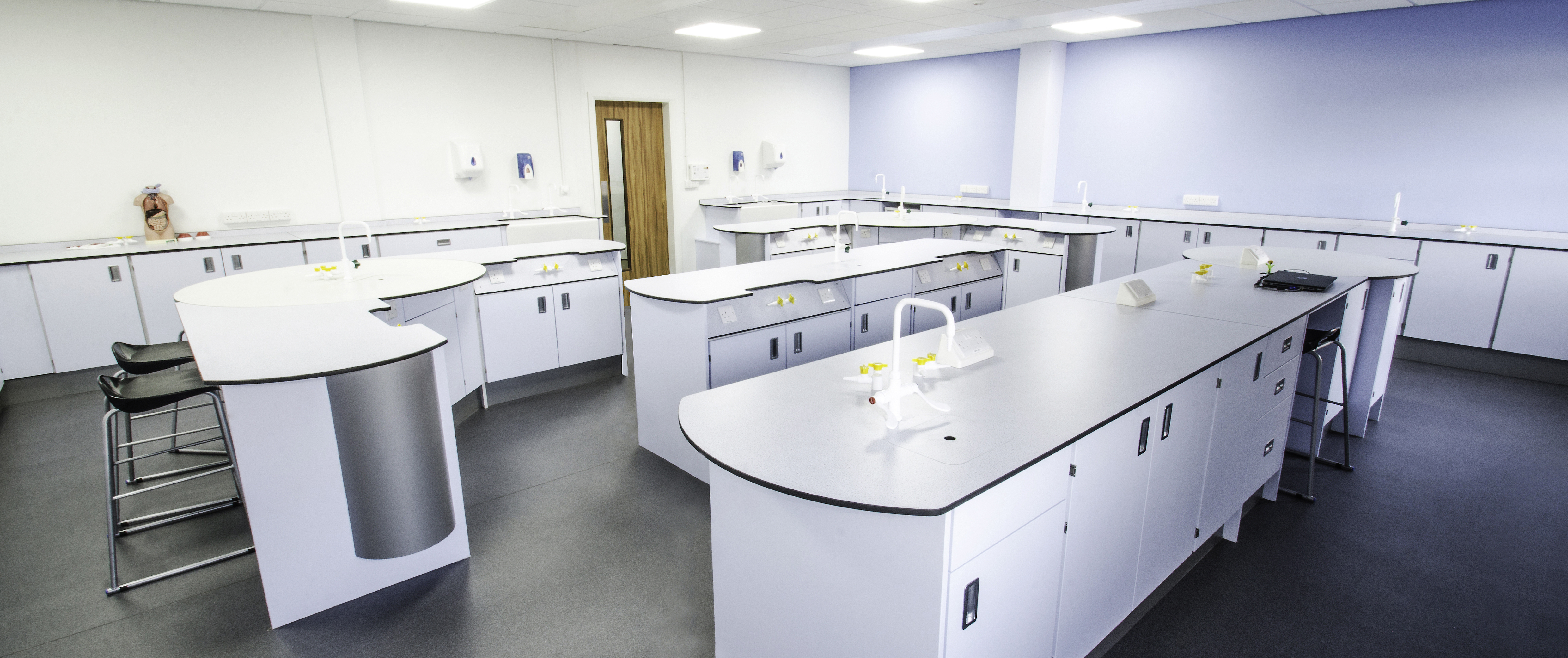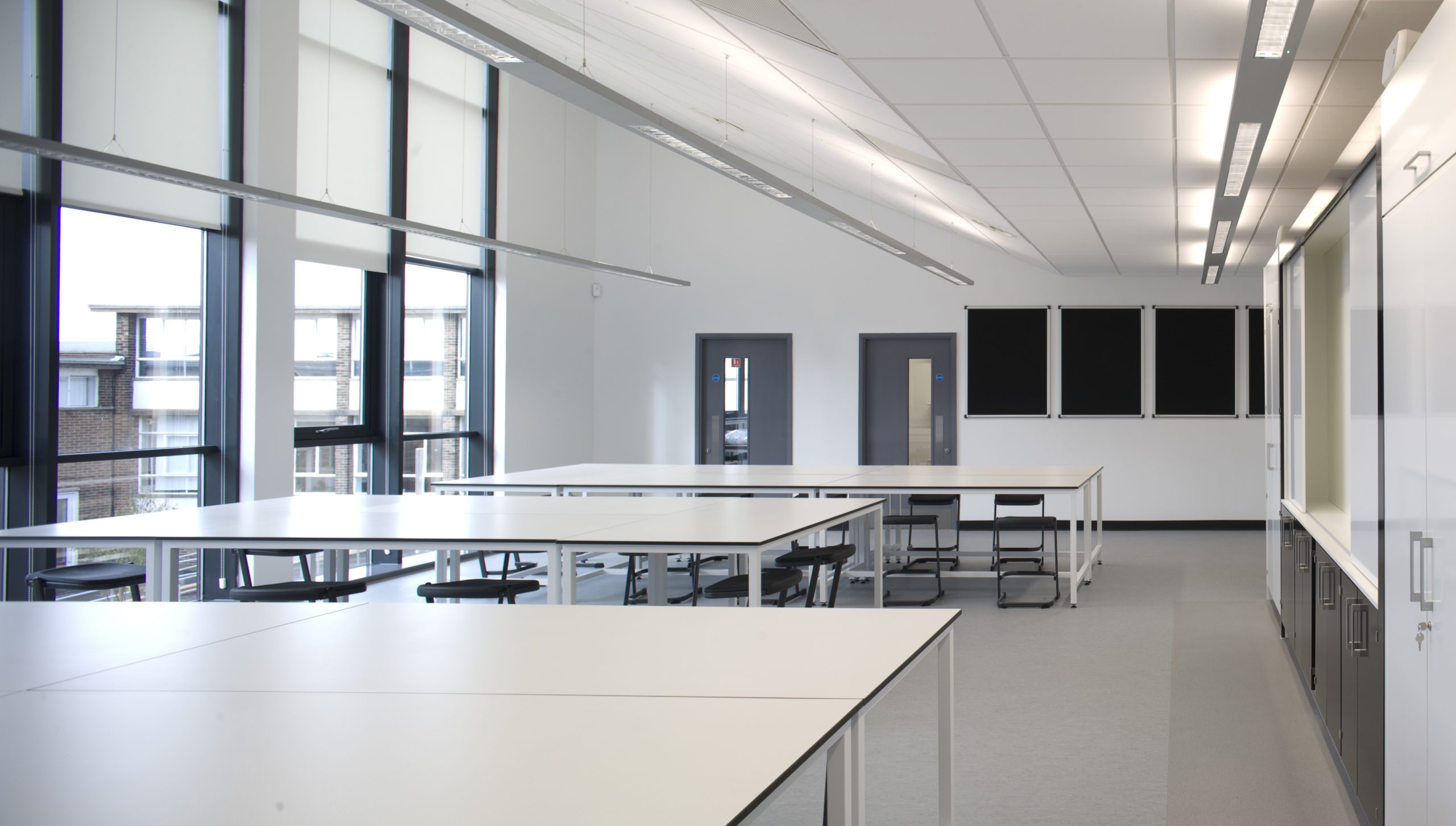How Important is Lighting in a Classroom?
Natural Light
An effective classroom lighting scheme will make use of any natural light that is available, with the addition of artificial light where it is necessary. Incorporating natural light can provide physical and physiological benefits to students, teachers and administrators. Natural light is shown to benefit the health, concentration and even test scores of pupils. Lighting is an important consideration in effective classroom design.
A study by the Heschong Mahone Group discovered that students receiving high levels of natural light where achieving test scores up to 18% higher than students receiving minimal natural light.
Unfortunately it is not always possible to incorporate completely natural light into an existing classroom due to architectural constraints. Alternative solutions such as Daylight Bulbs and Tubes can be implemented to recreate the sensation and benefits of natural lighting as accurately as possible.

Lighting Factors
A carefully balanced lighting system will take into account a number of factors, including illuminance, uniformity, glare, flicker and colour, in order to provide optimal learning conditions.
Illuminance refers to the average light level in an area. Low illuminance has been linked to slower reading, reduced concentration, poor posture and long term weakened vision. An excessive variation of illuminance can also be an issue – this has been shown to actually reduce visual performance, causing discomfort and hyperactivity. A level of uniformity needs to be achieved to avoid excessive contrast and distraction.
Glare occurs where a bright image or object that is not the one the pupil wants to see is perceived directly, or via reflected light. Although pupils will attempt to compensate, perhaps by squinting or turning their head, glare still interferes significantly with visual tasks and can result in headaches, eyestrain, reduced concentration and diminished productivity.
Flicker is produced by certain lighting equipment and can result in discomfort or irritation. At a more serious level, it can lead to visual disturbance – for example, making moving objects or machinery appear stationary. Flicker can also trigger epilepsy and exacerbate various other conditions.
Colour also plays a vital role in the learning environment and good colour rendering performance is essential for effective learning, allowing pupils to make accurate colour judgements.

Other Considerations
Although the primary concern in providing an effective lighting system for the classroom is to facilitate pupils and educators, learning establishments have other important considerations to keep in mind. Government targets to reduce carbon emissions mean that schools must factor in sustainability when purchasing new equipment.
With artificial lighting accounting for the greatest proportion of energy costs in schools, the energy efficiency of any lighting installation will be a primary concern. Good design, specification, management and controls can have a significant impact on limiting electricity consumption, saving energy and keeping running costs to a minimum.


